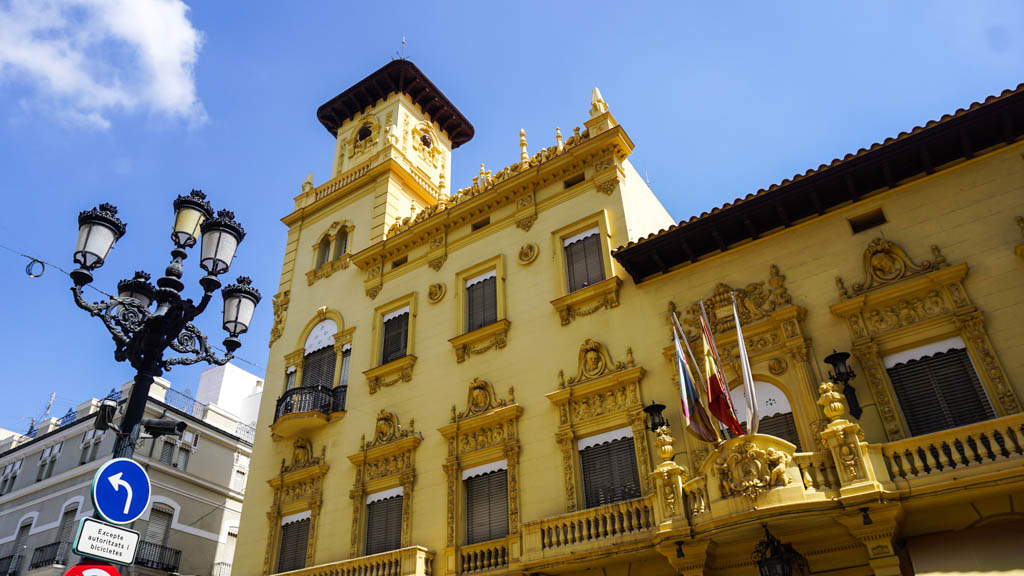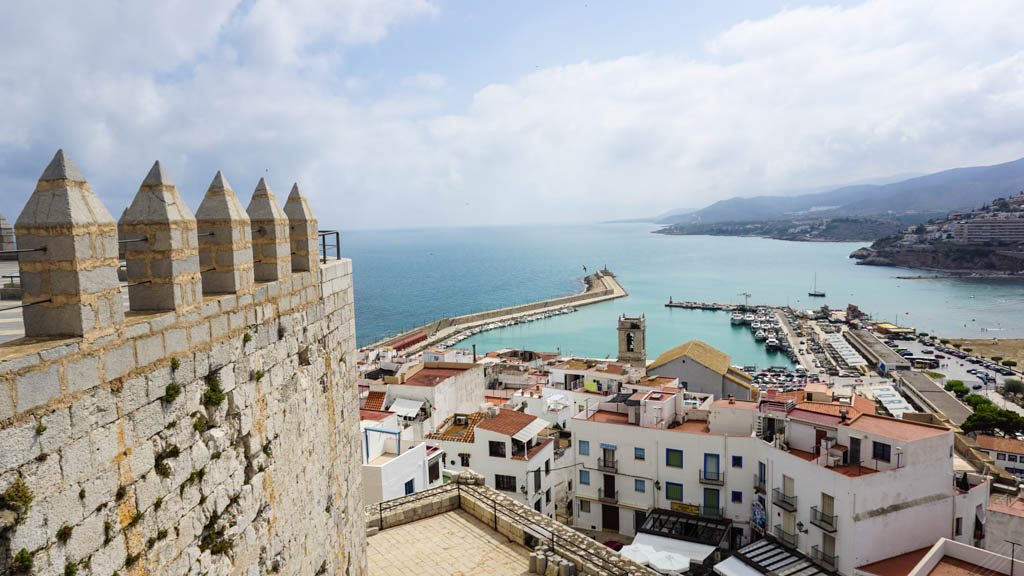

Castellón de la Plana is the capital city of the region of Castellón, in the Valencian Community. It is situated in the east of the Iberian Peninsula, on the Costa del Azahar by the Mediterranean Sea on the fruitful plain known as “La Plana” between the mountains and the ocean. Castellón is one of the most rugged territories in Spain.

’’Because of the developing populace in the city, roads were even expanded, making the seafront open to everybody. Castellón’s own personal railroad, Valencia – Castellón de la Plana, additionally made ready to the city s improved method of transportation. The “Pandarelo”, a restricted check extra railroad, was likewise added to finish the set up. Along these lines, Castellón was effortlessly associated with its encompassing towns. Therefore, neighborhood the travel industry and the city s nearby businesses started to advance quickly. Pottery at that point and now is one of the city’s essential ventures and Castellón is celebrated as a city of imaginativeness and craftsmanship. ’’
Castellón de la Plana is a ground breaking city in which wide, current roads and restricted roads and squares from days of old join to shape an extraordinary climate. A stroll around town is a wonderful encounter. On your walk, you can experience numerous amazements including wonderful pioneer structures, present day shops, obscure parks and significant Gothic and Renaissance landmarks.

’’Similarly as with most places in Valencia, rice and fish are the staple nourishments of Castellón de la Plana and Paella is found on pretty much every menu. The name “Paella” is taken from the Latin word “Paella”, which is a term for griddle. The three essential elements of Paella are rice, olive oil and saffron. Paella is generally finished off with vegetables, fish and meat, for example, hare or chicken. Paella should be eaten directly out of the dish with a spoon, without bread. It is a Spanish custom to dish up enormous servings during town celebrations, significant social events and family events and strangely it is typically the men of the family who set up the Paella.
’’
A look towards the ocean affirms the Mediterranean style of Castellón de la Plana. Its painstakingly gone to sea shores lay on the two sides of the port through which a lot of fares are sent every year, representing a generous piece of the common economy, in light of on earthenware tile assembling, farming and the travel industry. The mellow atmosphere owes a lot to the ocean and the insurance from cold northwest breezes gave by the mountain prods of the “Desert de les Palmes”. These two elements impact the city’s exquisite normal yearly temperature of 17°C.
The town was formally established in 1251, after the success of the Moorish Kingdom of Valencia by King James I of Aragon in 1233. Ruler James conceded imperial authorization to move the town from the mountain to the plain on September 8, 1251. In 1366, a critical occasion happened in Castellón’s set of experiences when a modest cultivator named Perot de Granyana found the picture of the Virgin of Lledó covered under thick earth. From that point forward, the Virgin of Lledó has become the town’s benefactor holy person. During the Middle Ages, the city was secured by canals, high dividers and pinnacles to shield from trespassers. A congregation was additionally assembled, later turning into a church in the fifteenth Century. The main known structure in the territory was the Moorish château of Fadrell, close to Alquerías de La Plana. It is situated at the high purposes of the Desert Mountains and underneath it is a perspective on amazing scene, with lavish encompassing greeneries.
The city dividers were destroyed in the nineteenth century and the city gradually started to grow, a cycle hindered by the War of Independence against Napoleon (1804-14) and the Carlist Wars (1833-63). In 1833 Castellón turned into the capital of the recently comprised region. In the second 50% of the nineteenth century, the city again started to extend further, set apart by the appearance of the railroad, the broadening of the port and the development of such places as the Provincial Hospital, Casino and Theater and Ribalta Parks. In 1991 a college (Jaume I University) was set up, set upon a cutting edge grounds.
Castellón is amazingly pleased with its melodic celebrations and they are a treat for the two travelers and local people the same. The Benicassim FIB Festival is one of the most mainstream concerts in Europe and figures out how to pull in the absolute best groups each year. Interestingly with the chronicled quality of Castellón, Benicassim Festival principally obliges the more youthful and more present day local people and travelers. It centers around elective stone, non mainstream and electronica specialists, just as having different components other than music like short movies, theater, style and craftsmanship. The celebration is noted for being close to a sea shore resort and having groups play later in the day (5pm – 8am) than most celebrations.
‘Lie’ is really held in the ocean side hotel of Benicassim in the Castellón territory on Costa del Azahar, Valencia, 92.2km away from Valencia Airport and 13 km north of Castellón de la Plana in a setting which covers a zone of 120,000 square meters. Celebration goers who have bought multi-day leaves can camp for behind to 9 days beginning Monday before the celebration starts and finishing Tuesday after the celebration has finished.
The primary FIB occurred in 1995 and line-ups have since included Oasis, Amy Winehouse, Radiohead, The Killers, Björk, The Cure, Brian Wilson, Depeche Mode, Lou Reed, Morrissey and The Chemical Brothers. Lie has gotten analysis from patriot areas in Spain, who guarantee that it doesn’t uphold Valencian culture, despite the fact that it happens in the Valencian Community and gets a high measure of public cash to fund itself. Lie’s chief Jose Luis Morán expressed in a meeting that he didn’t mean to remember any band for the celebration that had verses in Valencian language, Euskera or Galego.
The city dividers were destroyed in the nineteenth century and the city gradually started to grow, a cycle hindered by the War of Independence against Napoleon (1804-14) and the Carlist Wars (1833-63). In 1833 Castellón turned into the capital of the recently comprised region. In the second 50% of the nineteenth century, the city again started to extend further, set apart by the appearance of the railroad, the broadening of the port and the development of such places as the Provincial Hospital, Casino and Theater and Ribalta Parks. In 1991 a college (Jaume I University) was set up, set upon a cutting edge grounds.
